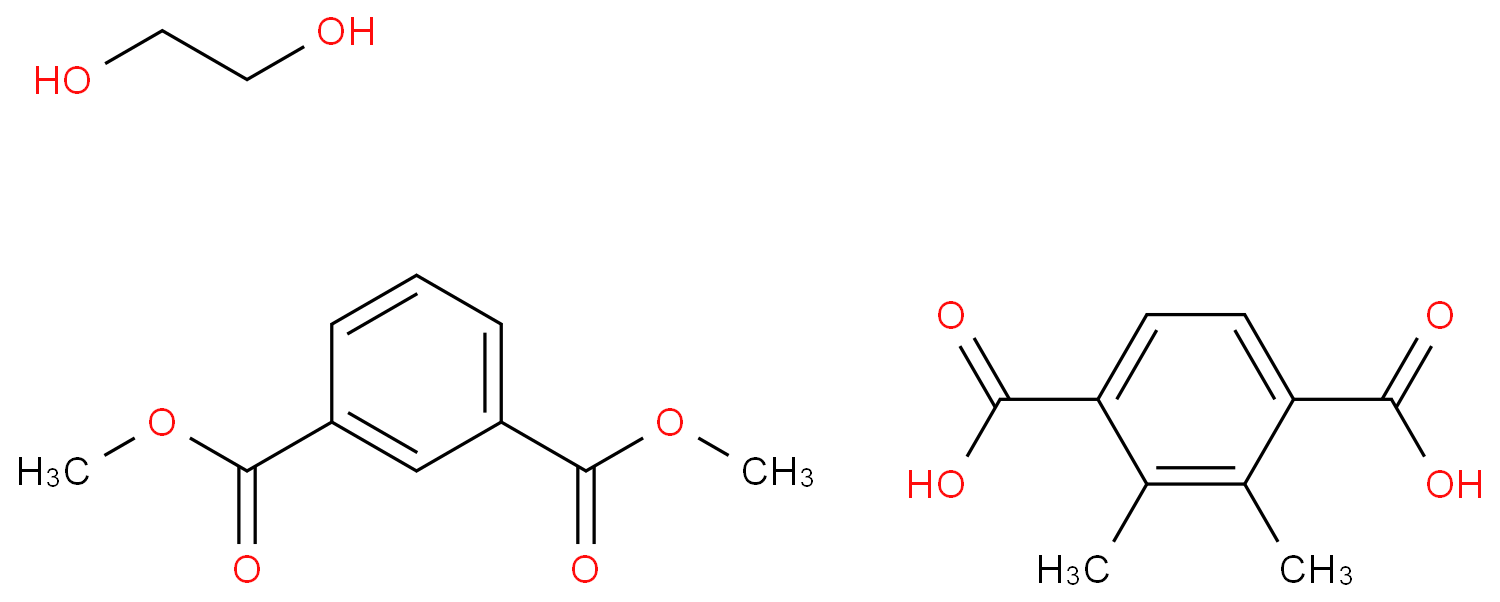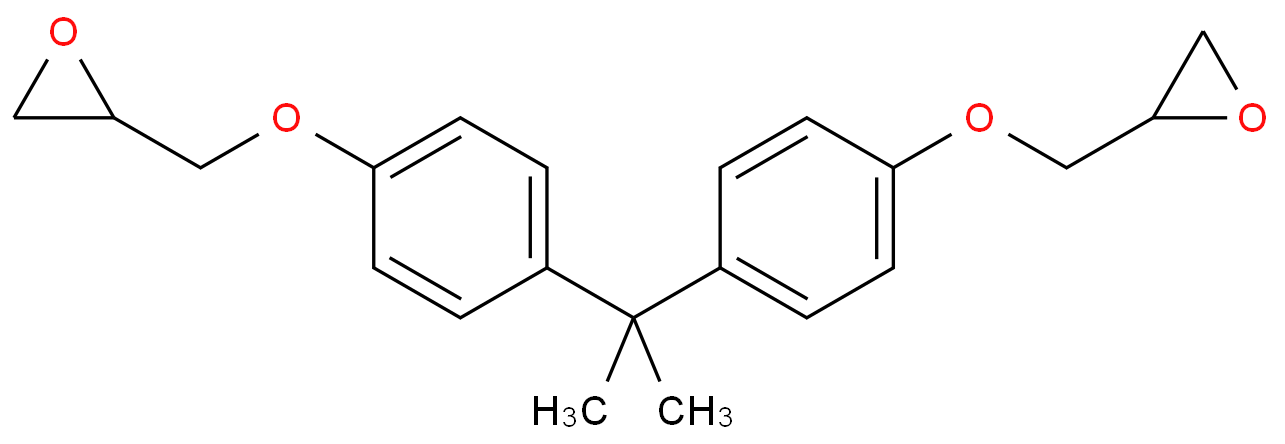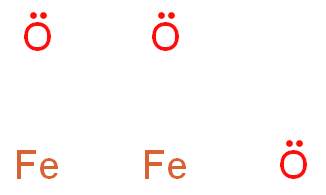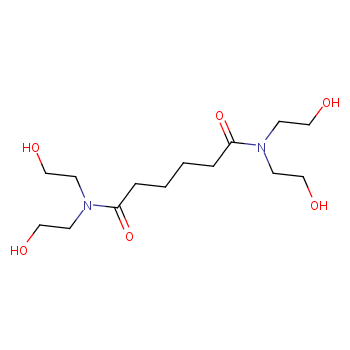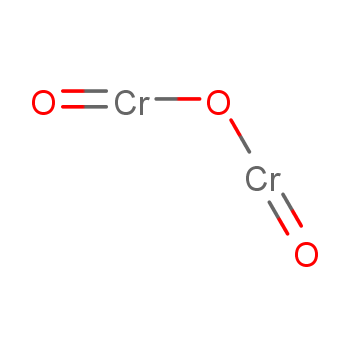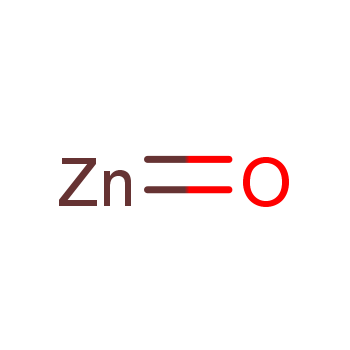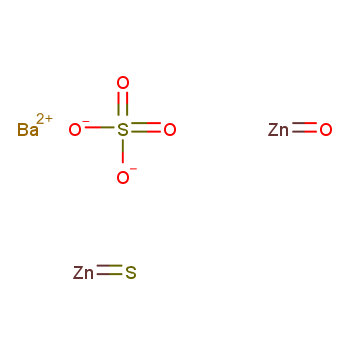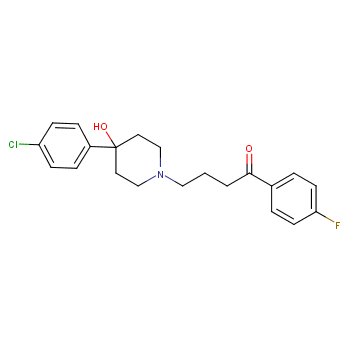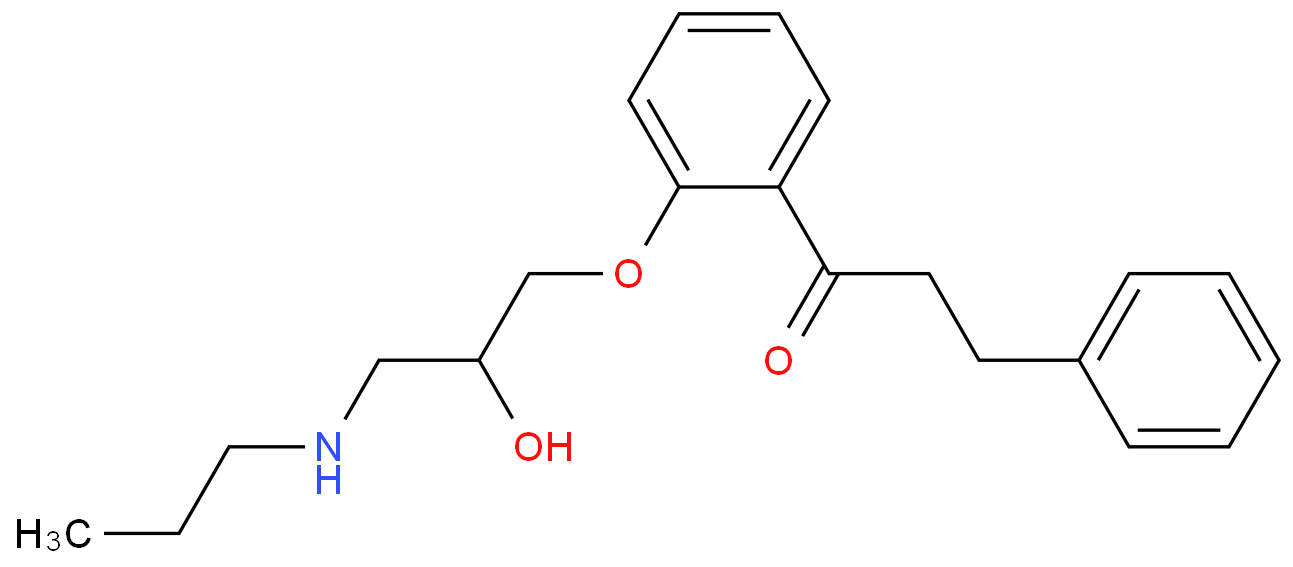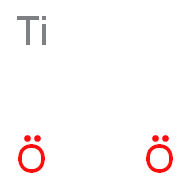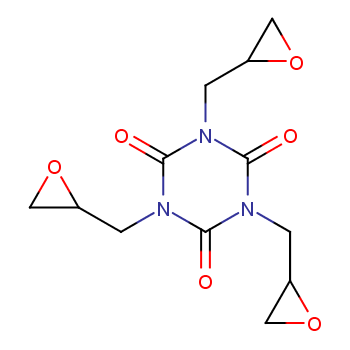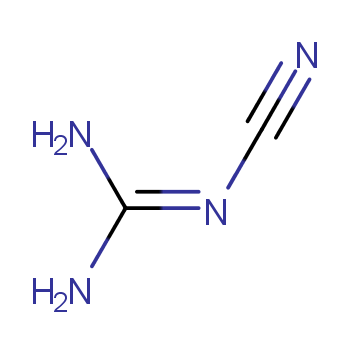Powder coating stands as a distinctive form of synthetic resin coating, distinguished by its composition of solid resin, pigments, fillers, and auxiliary components. Unlike traditional coatings, powder coatings eliminate the need for solvent carriers, rendering them environmentally friendly by mitigating solvent-related pollution.
While conventional solvent-based and waterborne coatings rely on solvents and water as dispersion media respectively, powder coatings uniquely utilize air for dispersion.
This innovation grants powder coatings notable attributes such as non-toxicity, high operational efficiency, prudent resource utilization, and a commitment to environmental preservation.
Powder coatings Categories
The realm of powder coatings presents a categorical division into two distinctive classes: thermoplastic powder coatings and thermosetting powder coatings. Each category boasts a unique composition and performance characteristics, tailored to specific applications and requirements.
Thermoplastic Powder Coatings: This category encompasses coatings formulated from thermoplastic resins, pigments, plasticizers, and stabilizers. It encompasses materials such as polyethylene and polypropylene. Thermoplastic coatings exhibit properties like malleability upon heating and solidification upon cooling, rendering them particularly suitable for applications demanding flexibility and adaptability.
Thermosetting Powder Coatings: In contrast, the thermosetting powder coatings category is constituted by thermosetting resins, curing agents, pigments, and auxiliary components. This classification encompasses diverse resin systems such as epoxy and acrylic. Noteworthy for their ability to cure irreversibly when exposed to heat, thermosetting coatings yield durability, hardness, and resistance to high temperatures.
Attention for Powder coatings Products
While powder coatings present numerous advantages, including their non-toxic nature and alignment with national environmental regulations, there are still certain aspects that warrant careful consideration.
Notable strengths such as high raw material utilization, convenient storage, and safety must be weighed against a few inherent limitations.
These drawbacks include challenges like uneven powder distribution on edges and corners, the potential difficulty of concealing film defects post-curing, and the requirement for elevated curing conditions.
To ensure the optimal handling of powder coatings, it is imperative to adhere to several key precautions. Steer clear of open flames and direct sunlight to prevent potential risks.
Storage locations should be chosen meticulously, avoiding areas susceptible to water damage or contamination by organic solvents. During storage, maintain consistent covering to thwart the introduction of foreign particles. Additionally, prolonged skin contact with powder coatings should be averted.
.more+





